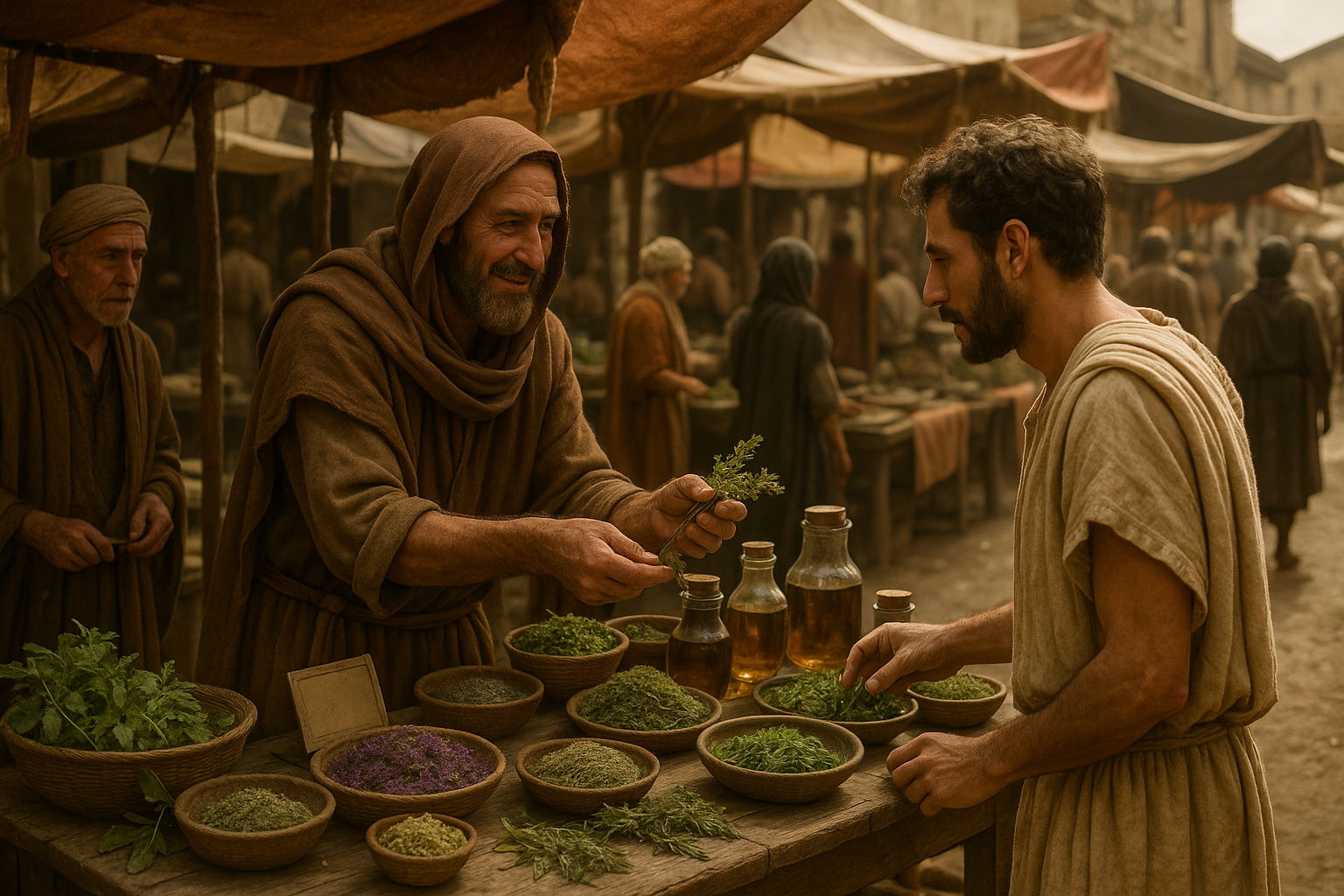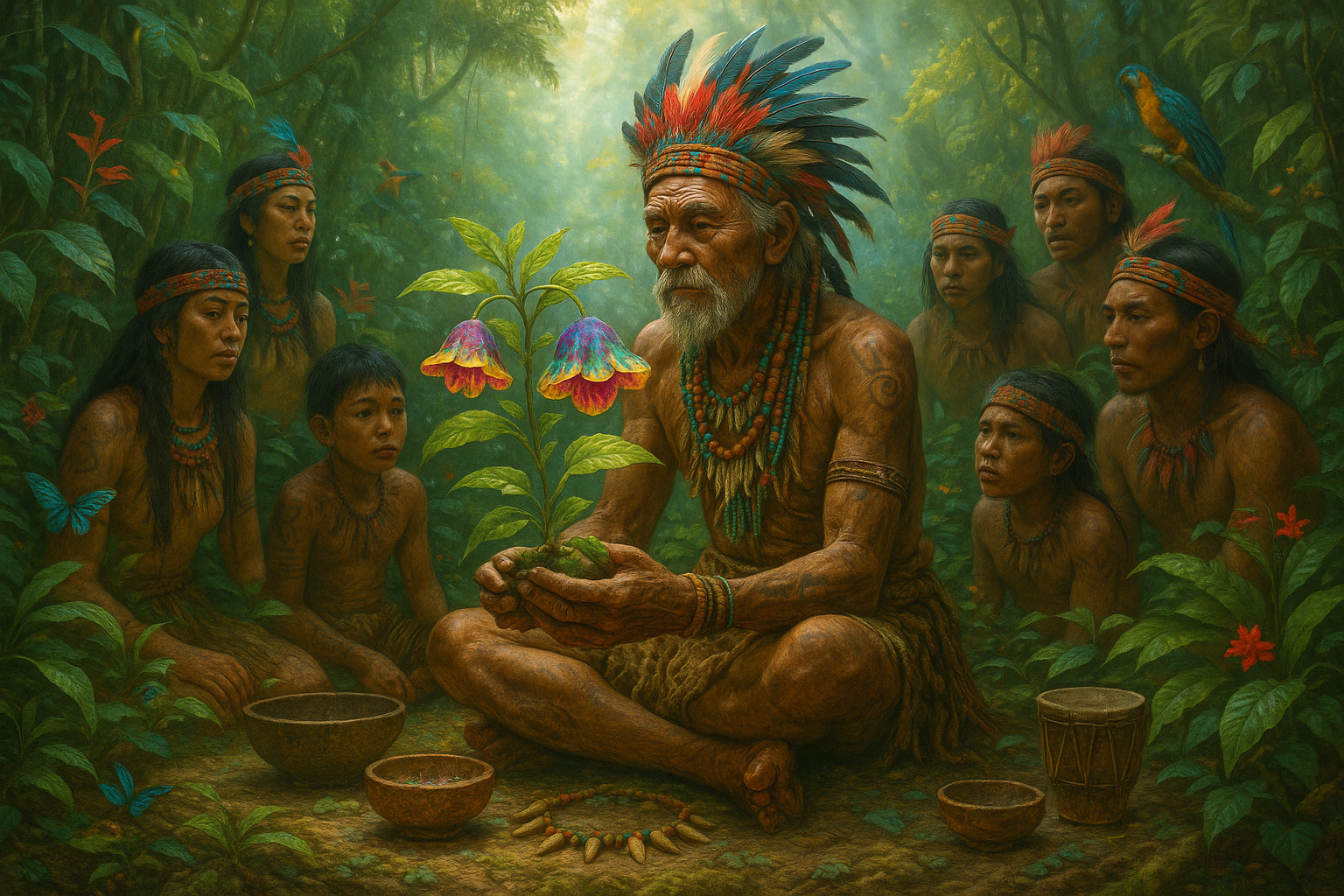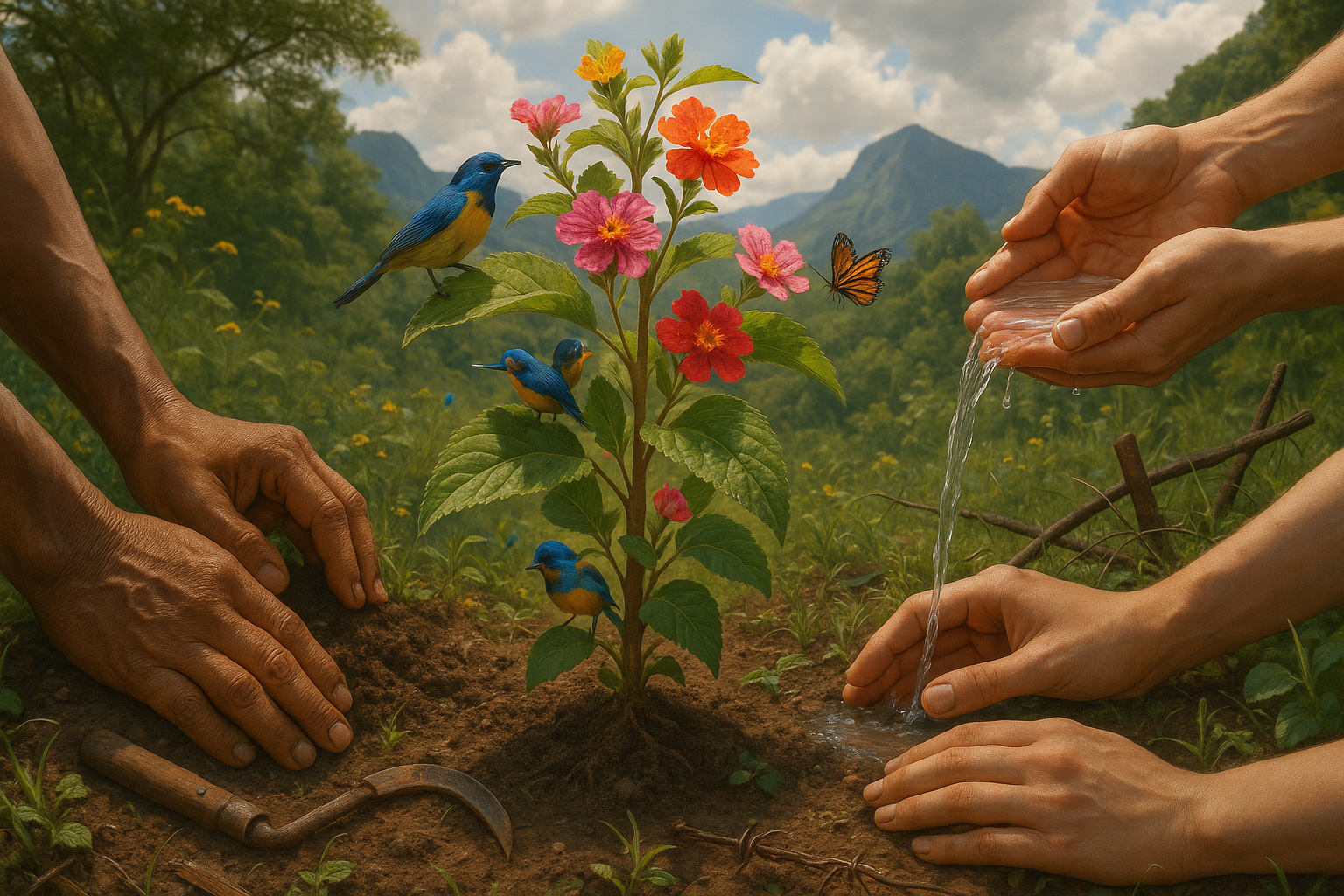In the shadowy annals of history, the secrets of ancient empires are often veiled in mystery and intrigue. Among these secrets lies a captivating tale of forbidden flavors — herbs that once held the power to heal, to harm, and even to alter consciousness. These plants were not mere kitchen staples; they were objects of reverence and fear, wielded by healers, shamans, and emperors alike. Today, as we embark on a journey through the ancient worlds of Egypt, Greece, China, and beyond, we uncover the mysterious herbs that were banned, revered, and sometimes used as instruments of power and control.
Why were these herbs forbidden? What secrets did they hold that led mighty empires to restrict their use? 🌿 The answers are as diverse as the cultures that once thrived under their influence. From the opulent courts of the Pharaohs to the bustling marketplaces of the Roman Empire, these herbs were steeped in mystique, serving both as curative agents and potent tools in the hands of those who understood their true nature.
Take, for example, the enigmatic Silphium, a plant so valuable in ancient Rome that it was said to be worth its weight in silver. Prized for its culinary and medicinal properties, Silphium’s scarcity eventually led to its disappearance, leaving behind only tantalizing tales of its potency. Or consider the revered Mandrake, a plant associated with magic and mysticism, often depicted in folklore as a living being with the power to induce visions and enhance fertility. These herbs, and many others like them, were more than mere flora; they were symbols of status, power, and sometimes, peril.
In this article, we will delve into the fascinating stories of these banned herbs, exploring their uses, their legends, and the reasons behind their prohibition. We will traverse the lands of the Pharaohs, where the sacred Blue Lotus was both a religious symbol and a psychoactive agent, granting those who consumed it a glimpse into the divine. We will wander through the ancient Greek world, where the Oracle of Delphi inhaled ethereal vapors, possibly infused with the potent Datura, to deliver prophecies that shaped the course of history.
Our journey will also take us to the Far East, where the Chinese emperors held tight control over certain herbs, fearing their power to subvert the established order. Here, we will uncover the stories behind herbs like Ephedra, once used for its stimulating properties but later restricted due to its powerful effects. Through these tales, we will gain insight into the intricate relationship between plants and power, and the impact they had on the socio-political landscapes of their time.
As we explore these fascinating narratives, we will also touch on the modern-day implications of these ancient practices. How do these historical bans compare to today’s regulatory measures on plants and herbs? Are there lessons to be learned from the past, as we navigate the complex world of natural remedies and their place in contemporary society? These questions will guide our exploration, inviting you to reflect on the enduring legacy of these forbidden flavors and their relevance in our lives today.
So, prepare to embark on a historical and botanical adventure, where the lines between myth and reality blur, and the power of nature’s most enigmatic creations is revealed. 🌱 Join us as we peel back the layers of time and uncover the secrets of the banned herbs that once shaped the destinies of ancient empires, forever leaving their mark on the tapestry of human history.

Conclusion
As we conclude our exploration of ancient banned herbs, it’s clear that these plants were not silenced for their lack of value — but rather for the extraordinary influence they held over body, mind, and spirit. Once revered in temples and healing rituals, these herbs were later condemned as dangerous, mystical, or subversive as cultures shifted, empires expanded, and control replaced curiosity.
The true essence of these forbidden flavors lies in their defiance of boundaries. 🌎💫 Herbs like mandrake, henbane, or wormwood bridged the worlds of medicine and mysticism, symbolizing nature’s untamed wisdom. Their prohibition reflected humanity’s struggle to understand — and contain — forces beyond its command. Yet today, their rediscovery invites reflection, not rebellion: a chance to study with respect what ancient healers already knew — that every plant holds both shadow and light. Ultimately, the story of forbidden herbs is one of resilience and rediscovery, reminding us that what was once feared may yet reveal profound truths about balance, healing, and the sacred power of the natural world.
Toni santos is a cultural storyteller and botanical history researcher devoted to uncovering the hidden narratives of cryptobotany and lost plant lore. With a lens focused on forgotten flora, Gabriel explores how ancient communities discovered, used, and ritualized plants — seeing them not merely as resources, but as vessels of meaning, identity, and ancestral memory.
Fascinated by mythical plants, vanished species, and secret ethnobotanical knowledge, Gabriel’s journey weaves through herbal manuscripts, oral traditions, and forgotten botanical practices passed down in fragments. Each story he tells is a reflection on the power of plants to heal, connect, and preserve cultural wisdom across time.
Blending ethnobotany, folklore studies, and cultural storytelling, Gabriel researches the plants, uses, and rituals that once shaped societies — uncovering how lost plant lore reveals deep interconnections between belief, nature, and survival. His work honors the healers, shamans, and herbalists who safeguarded this knowledge beyond the reach of written history.
His work is a tribute to:
-
The sacred role of plants in ancestral rituals
-
The beauty of forgotten botanical knowledge and uses
-
The enduring link between nature, culture, and myth
Whether you are passionate about ancient herbal traditions, curious about plant folklore, or intrigued by the mysteries of cryptobotany, Gabriel invites you on a journey through green lore and living memory — one plant, one ritual, one story at a time.





